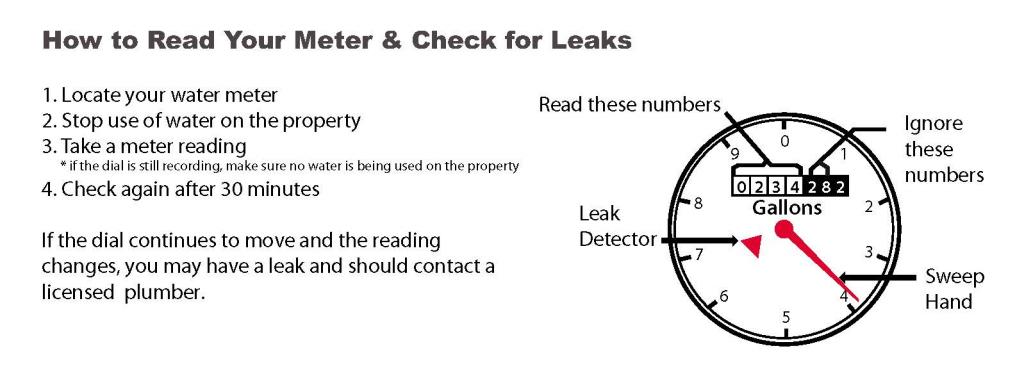How to report a water leak or problem
- Check to see if the leak has been reported on the Leak Response Map. No action is needed if you find it there.
- If you do not see the leak at your address on the Leak Response Map, immediately call Austin Water Dispatch (available 24/7) at 512-972-1000
Report a Non-Emergency Water Related Issue
Our City of Austin 3-1-1 ambassadors are available 24/7 to assist with any other water-related issues such as bees in water meters, water taste or odor issues, sewer odors, or manhole issues. There are various ways to report your issue:
- Dial 3-1-1 or 512-974-2000
- Use the 3-1-1 mobile app
- Filll out the 3-1-1 Service Request Form
NOTE* If you live in an apartment complex, apartment maintenance at your building must be contacted to resolve your issue.
Issues submitted to 3-1-1 will be investigated in 1-3 business days. You can also check the status of any 3-1-1 Service Request.
Austin Water is responsible for maintaining and repairing water mains throughout our service area. Property owners are responsible for service lines past the meter and for internal plumbing issues.
NOTE: It is important to know who to contact for permanent repair.
When repairs have been made which affect the roadway, sidewalk, curbs, gutters or driveways, Austin Water will make temporary repairs and submit a request for permanent repairs to City of Austin - Public Works, Street and Bridge Division for permanent repairs.


.png)
